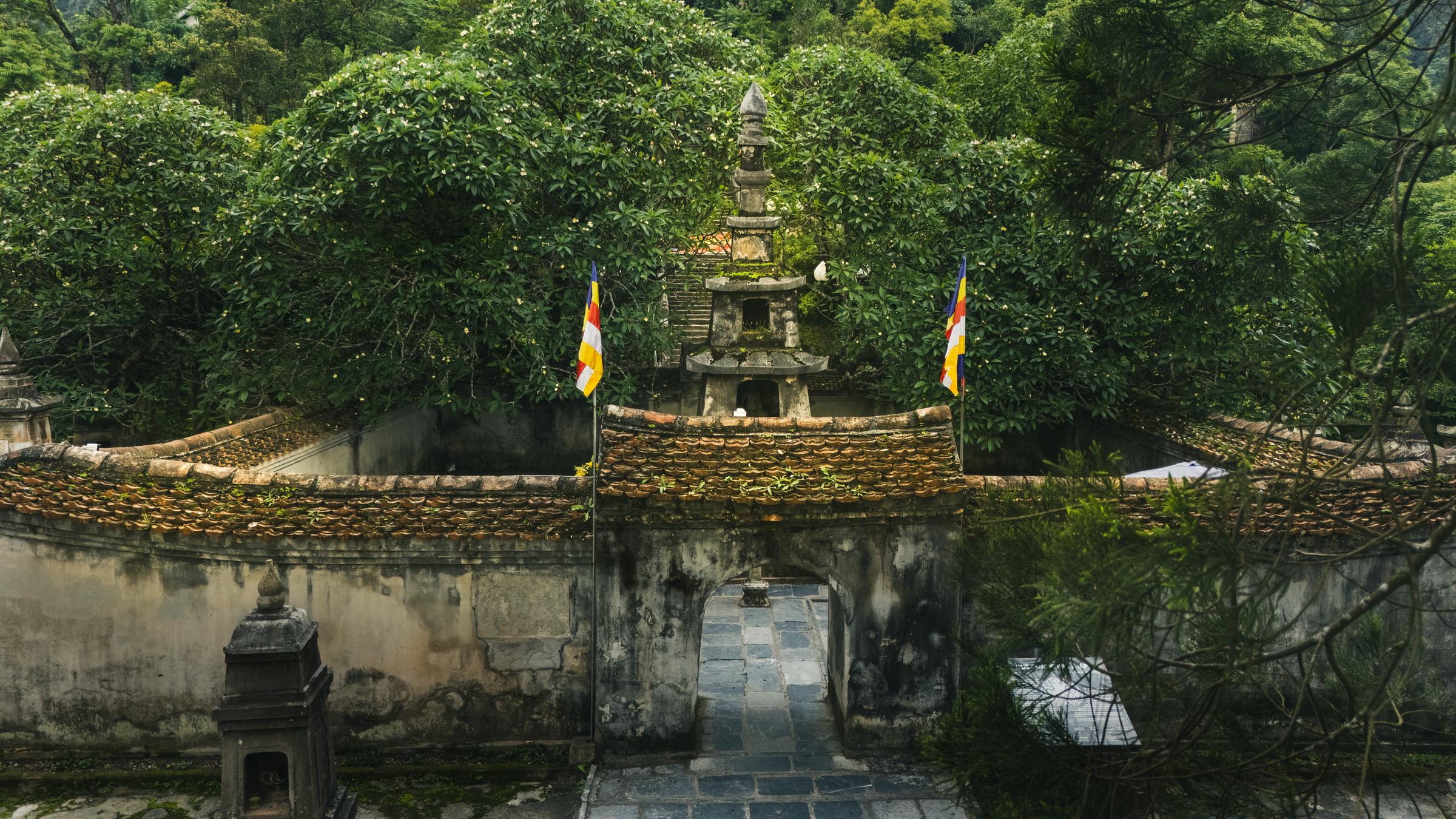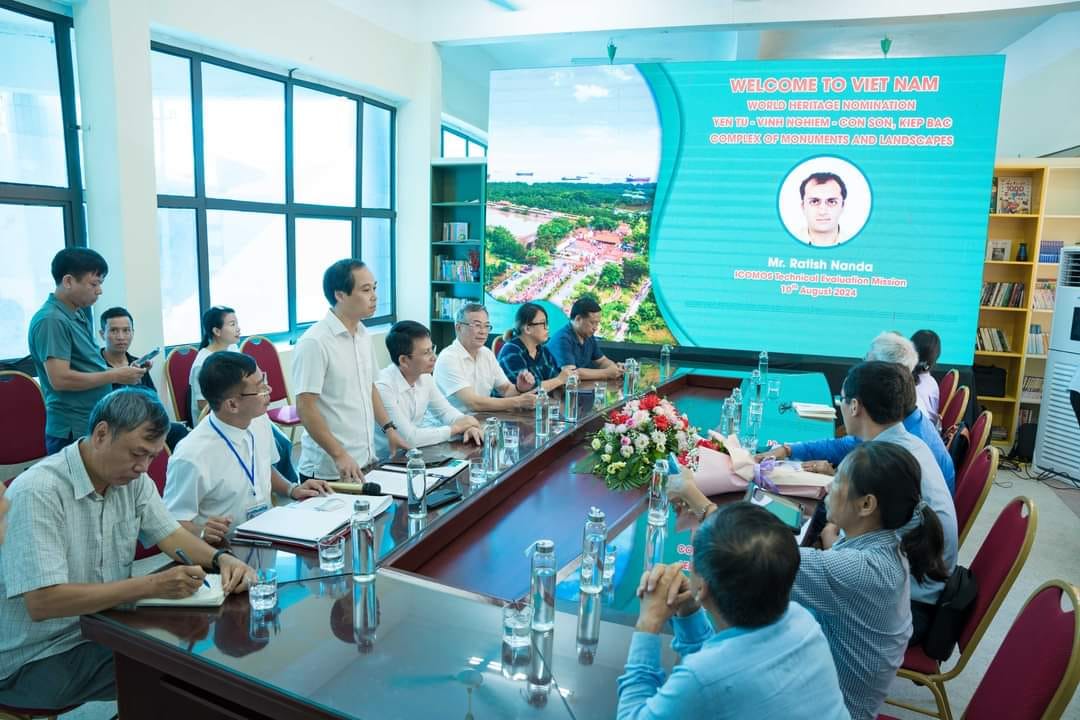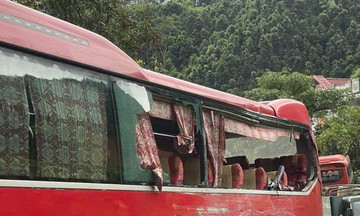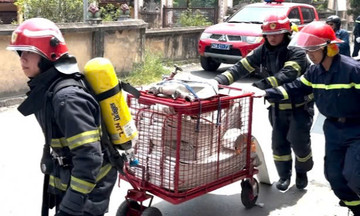In 2012, Quang Ninh province initiated the process of nominating the Yen Tu scenic landscape for world heritage status. Yen Tu, the highest peak in a mountain range spanning Quang Ninh, Bac Giang, and Hai Duong provinces, is also the birthplace of Vietnamese Truc Lam Buddhism and the ancestral land of the Tran dynasty, which ruled one of Dai Viet's most glorious periods during the 13th and 14th centuries. The initial focus centered on Yen Tu's significance.
The nomination dossier cited researchers who affirmed that through the seamless integration of religious philosophy and state power, the leaders of Truc Lam Buddhism and the Tran kings transformed the spiritual, economic, social, political, and military life of the nation, forging a strong and sovereign Dai Viet. In the Vietnamese consciousness, Yen Tu is a "sacred mountain, the source of a great philosophy".
In 2013, Deputy Prime Minister Vu Duc Dam tasked the Ministry of Culture, Sports and Tourism to lead, guide, and coordinate with Quang Ninh and Bac Giang (formerly) provinces in compiling a dossier for the Yen Tu complex of relics and landscapes. This dossier, titled "Yen Tu Complex of Relics and Landscapes," encompassed sites within Quang Ninh and the former Bac Giang province, excluding Hai Duong.
 |
Hue Quang Tower, Hoa Yen Pagoda, one of the 12 relic sites within the Yen Tu - Vinh Nghiem - Con Son Kiep Bac complex. Photo: Tung Lam |
Hue Quang Tower, Hoa Yen Pagoda, one of the 12 relic sites within the Yen Tu - Vinh Nghiem - Con Son Kiep Bac complex. Photo: Tung Lam
Seven years later, the Prime Minister included Hai Duong province in the dossier’s scope. Integrating heritage sites across three provinces presented an unprecedented challenge for Vietnam's heritage nomination process. Previous world heritage sites resided within single provinces. This three-province endeavor required a closely coordinated, synchronized, and unified mechanism.
Quang Ninh province, leading the effort, generated nearly 650 documents for reporting, consultation, and coordination between July 2020 and the site's recognition. Dozens of national and international conferences, along with over 100 meetings of various sizes, took place continuously, even during the height of the Covid-19 pandemic.
With the heritage spanning three provinces and encompassing the Yen Tu Historical Relic and Scenic Site, the Tran Dynasty Historical Relic Site, the Tay Yen Tu Scenic Relic Site, and the Con Son - Kiep Bac - Thanh Mai complex, selecting representative sites was a difficult task for the dossier team. At a national seminar in 8/2020, Associate Professor Dr. Dang Van Bai, Vice Chairman of the National Cultural Heritage Council, emphasized the need to select sites demonstrating outstanding universal value, including authenticity and integrity, rather than including all sites.
Experts from the International Council on Monuments and Sites (ICOMOS) also questioned the relevance of elements like the Quang Yen stake fields to the central theme. "Many wondered if this relic, linked to military victories, aligned with a heritage site centered on religion," recounted Ngo Dinh Dung, then Head of the Culture Department of Quang Yen town, Quang Ninh province.
Dung and local scholars, however, defended the Yen Giang stake field's connection to the 1288 Bach Dang victory. This victory not only protected Dai Viet but also halted the Yuan-Mong invasion, contributing to regional peace. "It wasn't just a battle, but the culmination of the Tran dynasty's spirit of national protection, a vivid expression of Truc Lam's engaged philosophy," Dung recalled. This argument convinced even the most skeptical experts. However, only the Yen Giang stake field was included in the final dossier; the Van Muoi and Ma Ngua stake fields were omitted.
 |
Ngo Dinh Dung, then Head of the Culture and Information Department of Quang Yen town, reports to the expert delegation surveying the Bach Dang stake field for the UNESCO dossier. Photo: Xuan Hoa |
Ngo Dinh Dung, then Head of the Culture and Information Department of Quang Yen town, reports to the expert delegation surveying the Bach Dang stake field for the UNESCO dossier. Photo: Xuan Hoa
According to dossier team members, ICOMOS emphasized the authenticity and integrity of the heritage, recommending an expanded buffer zone. While minimizing impact on the heritage, this significantly affected the livelihoods of thousands, recalled Pham Xuan Thanh, former Head of the Culture and Sports Department of Uong Bi city.
"We worked tirelessly to research, advise, and defend against arbitrary expansion, while committing to strict management. The pressure was immense, but it also fostered our growth through exposure to the world's most rigorous scientific evaluation process," Thanh said.
In 2/2021, the summary report of the Yen Tu Complex of Relics and Landscapes dossier was posted on the World Heritage Centre website as a World Cultural Heritage nomination. During 2021-2022, scientists conducted three specialized research projects to supplement the dossier with scientific data.
The dossier was streamlined from 20 initial relic clusters to 12 key sites. The name was changed to "Yen Tu - Vinh Nghiem - Con Son Kiep Bac Complex" at Hai Duong's suggestion to reflect the geographical location and place names, while respecting historical, cultural, and geographical values.
After the dossier's completion in 1/2024, a cultural diplomacy campaign began. Vietnam leveraged every platform, from the UNESCO Executive Board meeting in Paris (4/2025) to "Understanding Vietnam Days" in the three provinces (5/2025), to promote the heritage's value and Vietnam's commitment to its preservation.
Dozens of meetings and discussions with delegation heads, ambassadors, and experts from the 21 member states of the World Heritage Committee clarified the site's outstanding universal value and showcased Vietnam's dedication.
During a meeting with UNESCO Director-General Audrey Azoulay at the Party Central Committee Office on 27/6/2025, General Secretary To Lam requested UNESCO's continued support for Yen Tu - Vinh Nghiem - Con Son Kiep Bac's inscription as a World Cultural Heritage site.
At 1:02 PM on 12/7 (Paris time), after over an hour of discussion, Professor Nikolay Nenov (Bulgaria) finalized the recognition of Yen Tu - Vinh Nghiem - Con Son Kiep Bac as a world heritage site. The Vietnamese delegation raised the national flag amidst applause from international colleagues.
According to Ngo Dinh Dung, this recognition presents a golden opportunity to leverage heritage for sustainable development, but also demands "decisive, synchronized, professional, and internationally standardized" actions. He recommends the three provinces establish a dedicated World Heritage Management Board with authority and capacity for coordination. A review and adjustment of the overall heritage site plan, following UNESCO recommendations, and strict control of construction activities within the core and buffer zones are crucial.
Dung also emphasized the need for environmentally friendly transportation infrastructure improvements connecting the relic sites, along with the development of culturally rich, spiritual, and ecological tourism products, avoiding commercialization and overdevelopment. "Most importantly," he proposed, "a mechanism should ensure that the local community, those living within the heritage area, benefit and become its most active protectors."
Le Tan












